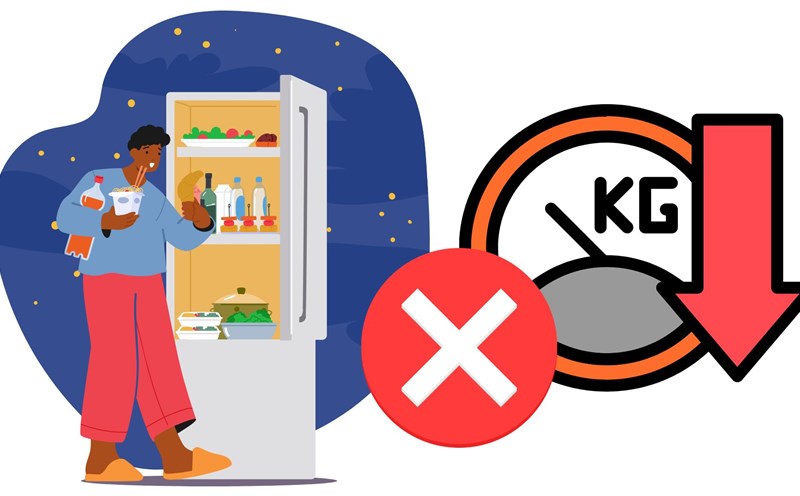Weightlifting helps reduce visceral fat by increasing muscle mass, helping to increase resting metabolism and promote fat oxidation.
The body includes muscle mass and fat, both of which are essential. When you start lifting weights regularly, your body tends to lose fat mass (including visceral fat), while building thicker and tighter muscle tissue. This leads to changes in the body and you don't even need to cut calories too strictly to see results.
Cardio helps burn calories during exercise, while weight training continues to consume calories even after finishing the workout thanks to the excess oxygen consumption effect (EPOC). Thanks to that, weight training has become a particularly effective method in fat loss.
In addition, lifting weights combined with other forms of exercise can help reduce stress - an important factor in controlling visceral fat. Strength training is often associated with lower stress levels, thereby reducing the risk of visceral fat accumulation











